When was the last time you used a USB drive? I had to think for a moment myself – and to be honest, I don't remember exactly. For years, the USB drive has been the device of choice for transferring data quickly and easily. Why are these practical means of storage almost irrelevant today and perhaps even on the verge of extinction? A look at current events sheds some light on this.
Why are USB flash drives no longer popular?
As compact and convenient as they may be, USB flash drives have lost much of their relevance in recent years. One of the main reasons is their comparatively low storage capacity. Many commercially available models are limited to 256GB or 512GB, meaning large amounts of data such as 4K video, full photo archives, or system backups can only be transported to a limited extent.
Although there are more expensive flash drives with memory capacity up to 2 TB, for example Seagate Ultra-Compact SSDmany people prefer to use SSD for such power. Reason: SSDs typically use more powerful flash chips, which provide faster data transfer speeds and a longer lifespan.
Another problem: the classic USB-A connection is hardly suitable for modern devices. Most laptops and tablets use USB-C, just like smartphones.
Although now there are flash drives with Type C connectors, for example, the aforementioned Seagate Ultra Compact. There are also so-called dual flash drives with USB-A and USB-C connectors, but in practice this is often a compromise. Many of these models use simple controllers and cheaper flash memory, which results in significantly slower data transfer rates, especially when writing large files.
Modern alternatives to USB flash drives
External Hard Drives: Lots of Storage for Little Money
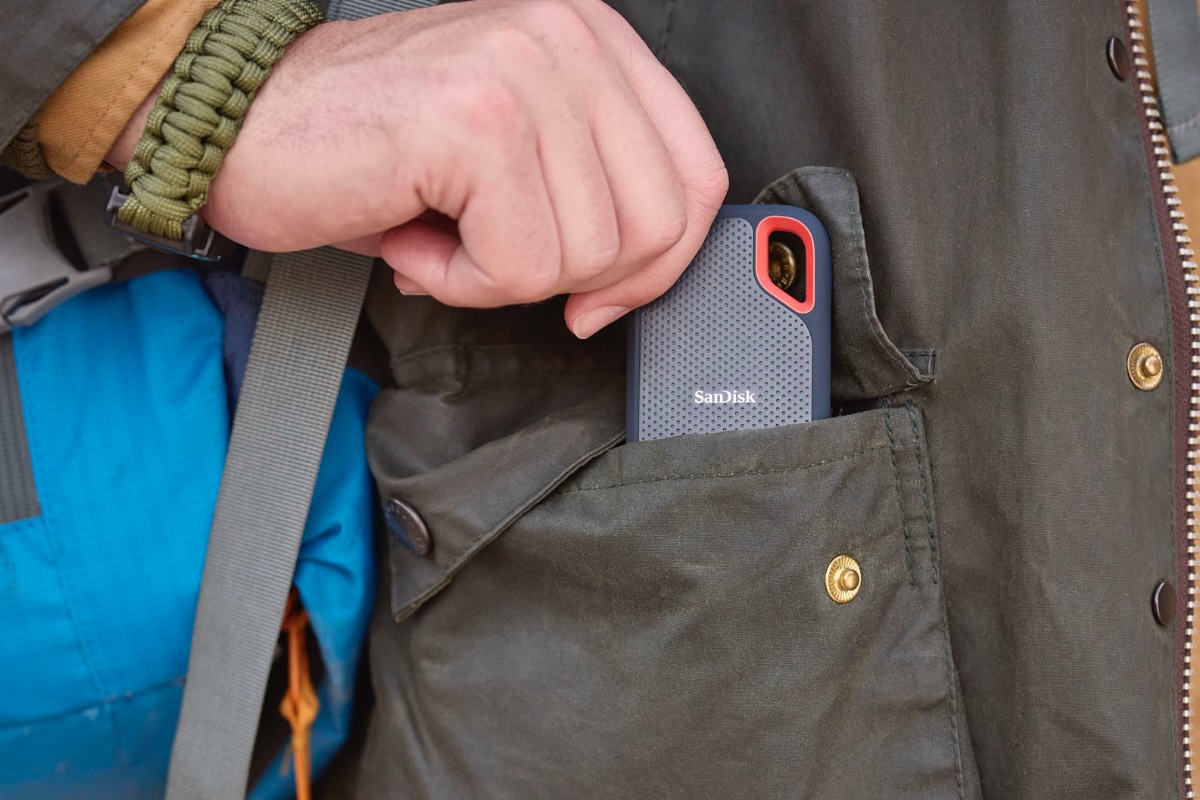 External hard drives, such as External drives, such as SSDs, are reliable and powerful—with significantly more storage capacity than a typical USB drive.
External hard drives, such as External drives, such as SSDs, are reliable and powerful—with significantly more storage capacity than a typical USB drive.
External drives—whether classic hard drives or fast solid-state drives—are one of the most popular alternatives to USB drives. They offer significantly more storage space (up to 4 TB or more), and SSDs are especially impressive with fast data transfer speeds via USB-C or Thunderbolt. While HDDs offer a lot of space at a great price, SSDs are a better choice for large amounts of data because they're faster, more reliable, and barely more expensive in higher storage classes than comparable USB drives.
Advantages:
- Significantly more storage space than USB drives
- Shockproof and durable, high quality flash chips
- Ideal for backups or large amounts of data
Flaws:
- Larger and heavier than a USB flash drive
- Sometimes more expensive, especially for SSD models
Sandisk Extreme Portable SSD 1TB (NVMe Portable Solid State Drive)
External drive with 2.5″ SSD technology, USB-C, read and write speeds up to 2000 MB/s, NVMe SSD, IP65, 5 years warranty
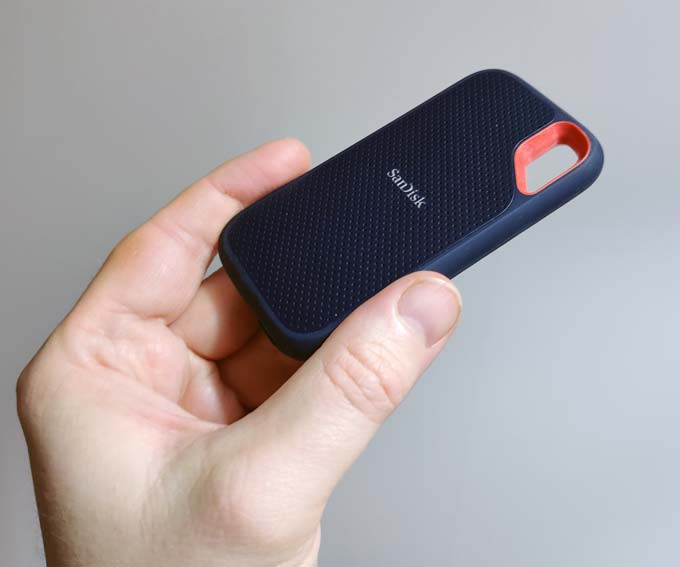
Matthias Inge
Crucial X10 Pro 1TB Portable SSD
External drive with SSD technology, USB-C, read speed up to 2100 MB/s and write speed up to 2000 MB/s, IP55
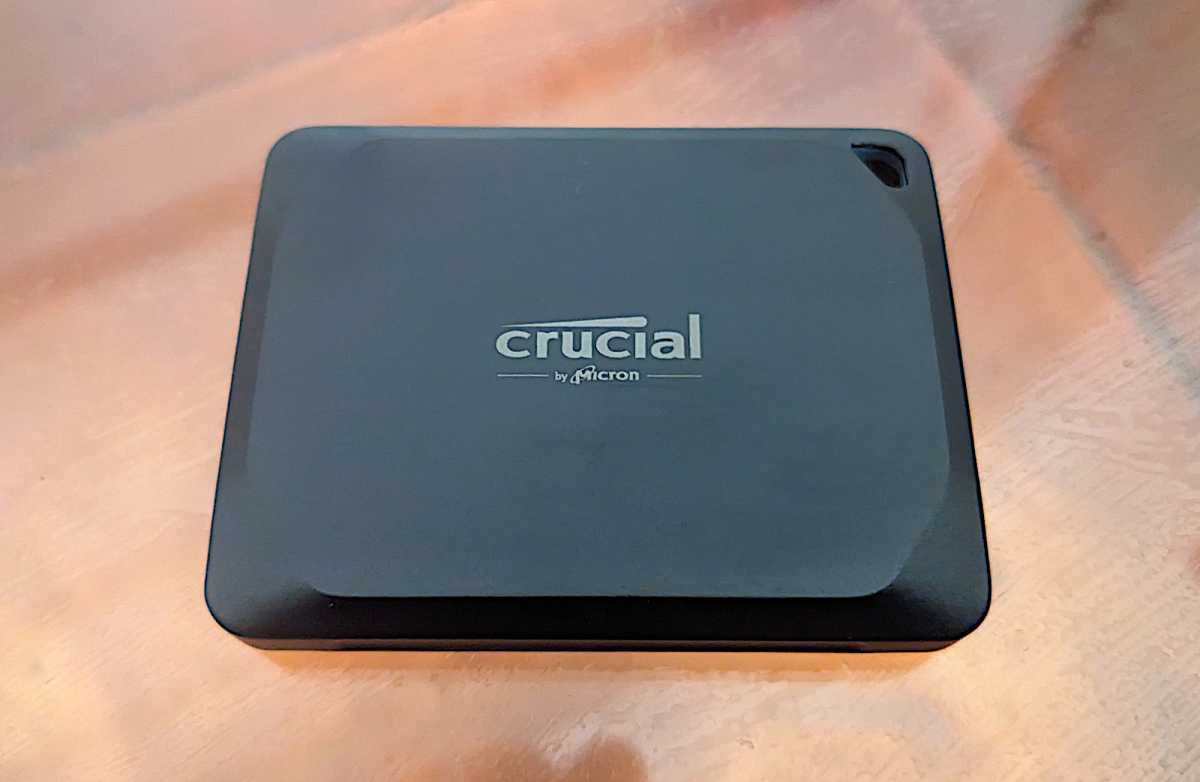
John L. Jacoby
2TB NVME SSK Portable External SSD
External SSD Drive NVMe 2.7″ USB 3.2 Gen 2 1050MB/s Read/1000MB/s Write
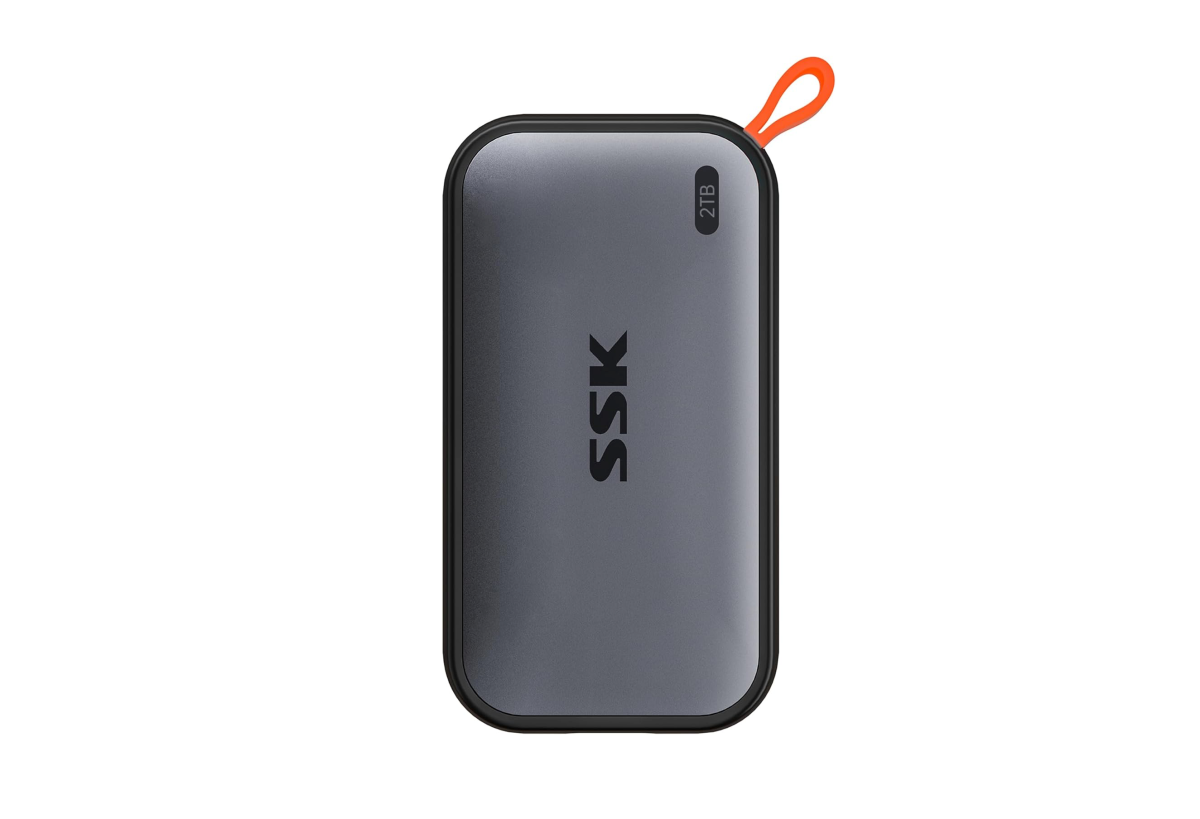
Amazon
Further reading: The best external drives we've tested
SD cards: small, fast, but not universal
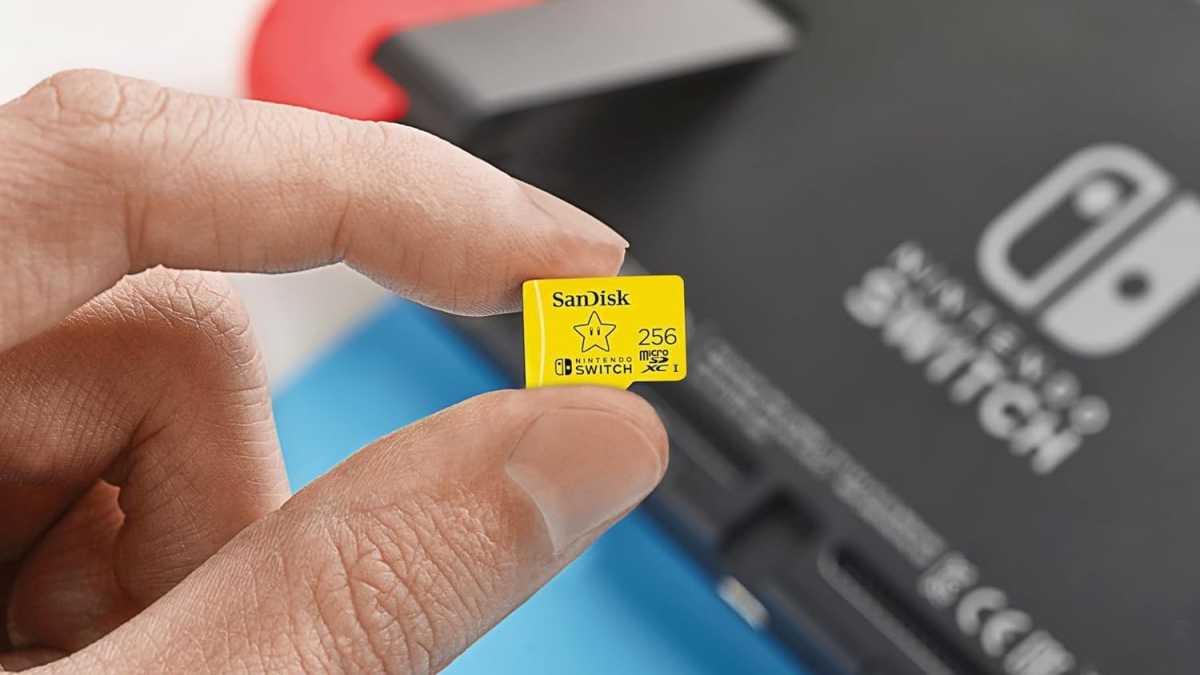 SD memory cards can be used. SD memory cards can be used, for example, to expand the memory of a mobile phone.
SD memory cards can be used. SD memory cards can be used, for example, to expand the memory of a mobile phone.
SD cards (or microSD cards with an adapter) are also a space-saving alternative to USB flash drives. They are standard, especially for cameras, drones and mobile devices, as well as some laptops. When combined with a USB-C card reader, SD cards can even be used as mini drives for laptops.
Further reading: SD cards revealed: how to make sense of the confusing jumble of specifications
Advantage over classic USB drives: SD cards can be used more flexibly in many areas, are often cheaper per gigabyte and – depending on the class and model – also offer high data transfer speeds. They are also easy to replace or permanently integrate into devices such as cameras or laptops with card readers. So if you work with memory cards anyway, you can easily use them as mobile storage (and save that extra memory card).
Advantages:
- Very small and light
- Good speed with modern UHS-II cards
- Can be used directly in many devices
Flaws:
- Subject to loss or damage
- For use on a PC, a memory card reader is usually required.
Amazon Basics microSDXC 128 GB
128 GB SD memory card with SD adapter, maximum read speed 100 MB/s.
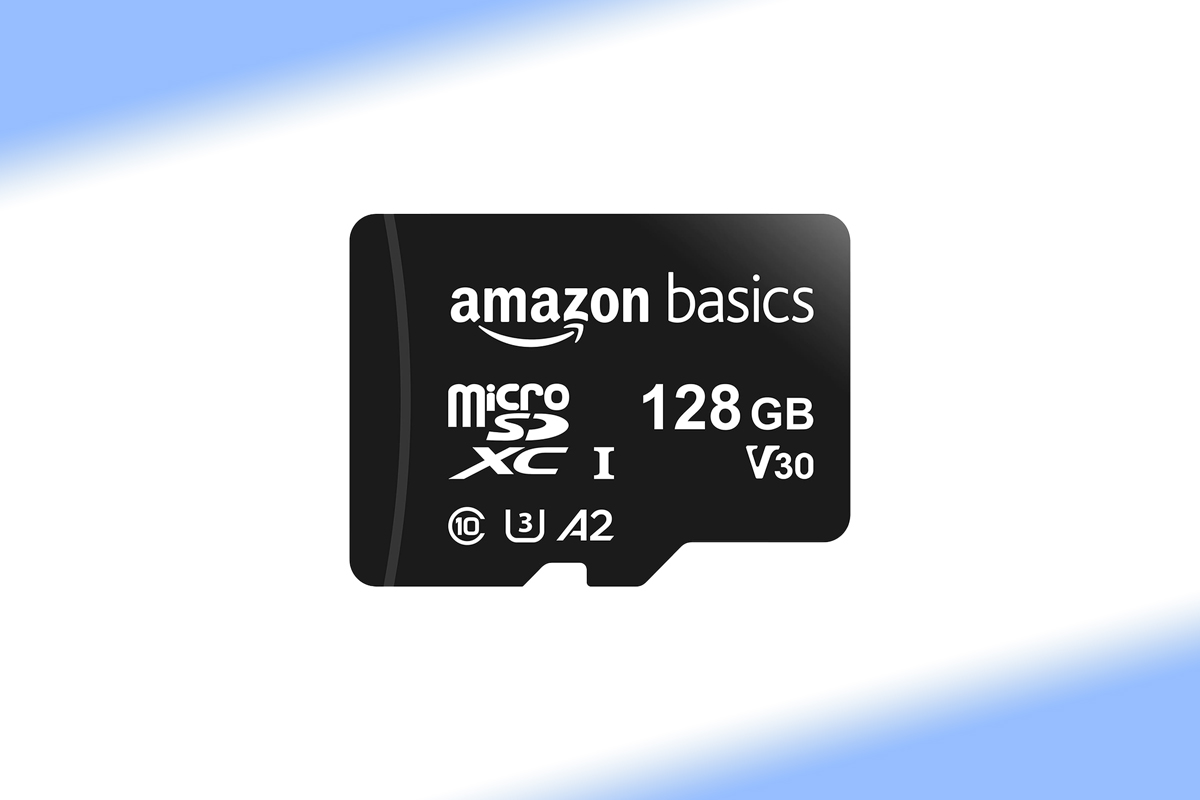
Sandisk Extreme PRO SDXC UHS-I 512GB Memory Card
Sandisk UHS-I Memory Card 512GB V30 200MB/s U3 4K UHD Video Sandisk QuickFlow Technology
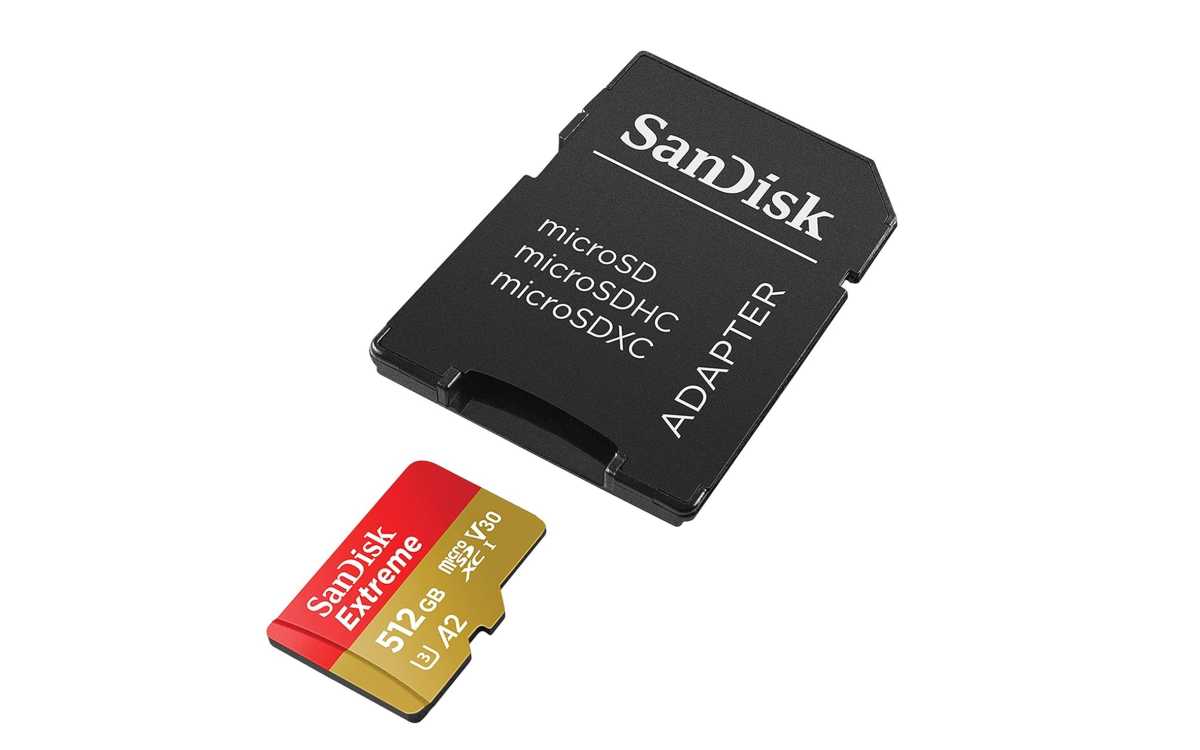
SanDisk
Cloud services: storage space is always with you
The cloud is perhaps the most modern alternative to USB drives. Services such as Google Drive, Dropbox, iCloudor OneDrive Offer online storage space that you can access from any device—no physical drive required.
Advantages:
- Access from anywhere with an Internet connection
- Ideal for collaboration and file sharing
- Automatic synchronization possible
Flaws:
- Depends on a stable Internet connection
- Limited free storage followed by paid subscription.
- Data protection and encryption are important issues
Conclusion: USB flash drive is only for special occasions?
The humble USB flash drive hasn't completely lost its place yet – it's quite common and ideal for simple data transfers, firmware updates, or as a bootable USB flash drive. But as an everyday solution, it is long outdated. The combination of limited memory, decreasing compatibility and increasing demands makes this model discontinued. Modern alternatives such as SSDs, SD cards or cloud services offer better performance, more flexibility and, in many cases, better value for money.
Further reading: 6 Really Useful Ways to Use Your Router's USB Port









